
Culture
19:07, 13-Feb-2018
A special Spring Festival snack: The Tujia tradition of making 'ciba,' a glutinous rice cake
CGTN
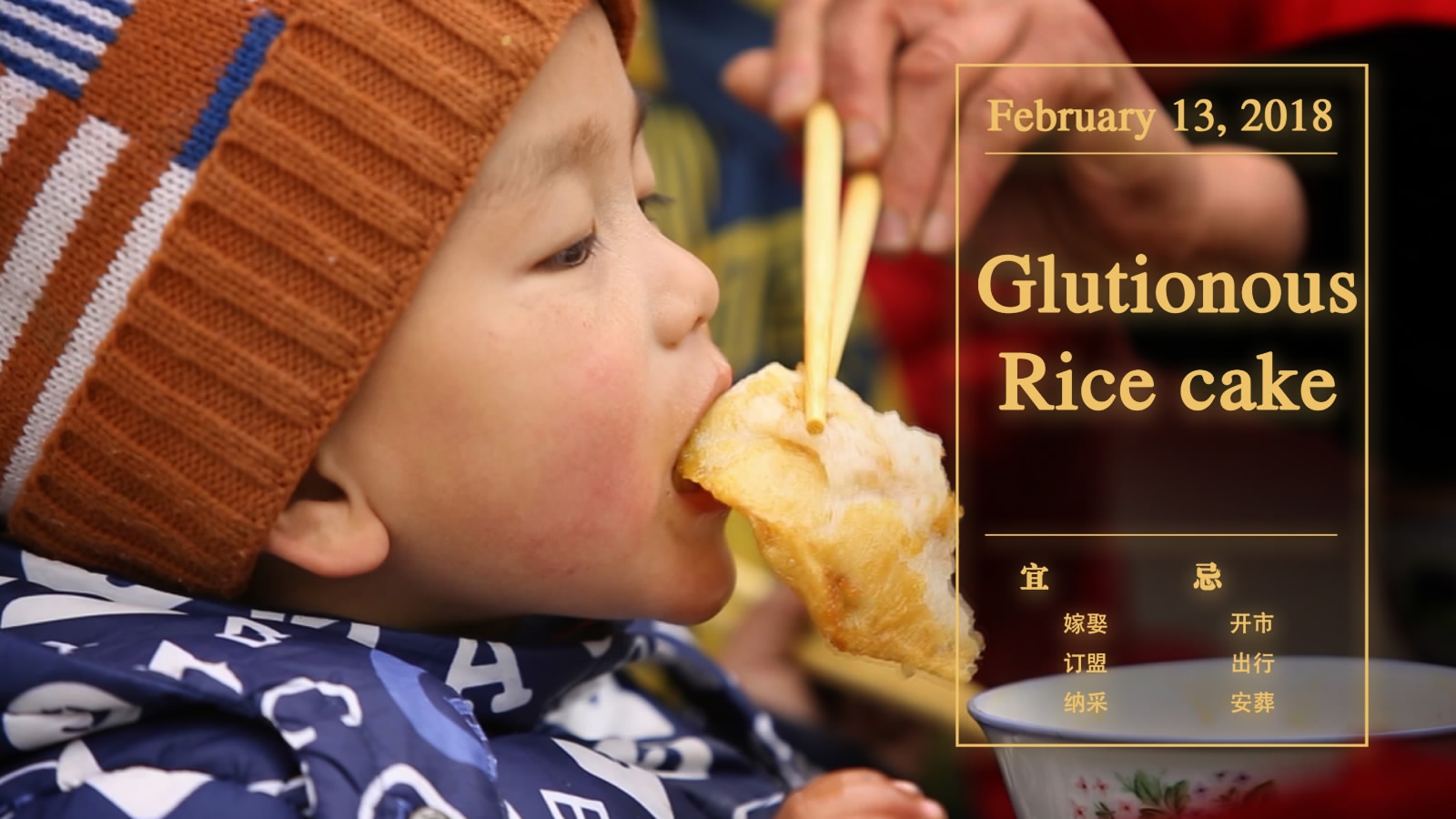

CGTN
CGTN
"Ciba is the best New Year's gift"
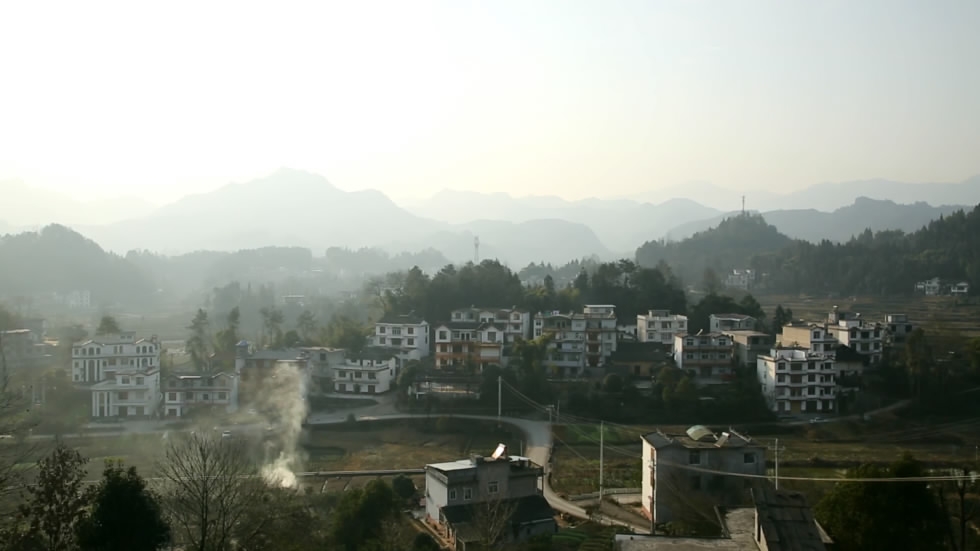
Enshi Tujia and Miao Autonomous Prefecture. /CGTN photo
Enshi Tujia and Miao Autonomous Prefecture. /CGTN photo
Located on the upper Yangtze River at the border of Chongqing Municipality and Hubei Province, the picturesque Enshi Tujia and Miao Autonomous Prefecture is the only ethnic autonomous prefecture in the province. Here lives Huang Zongqian of the Tujia minority.
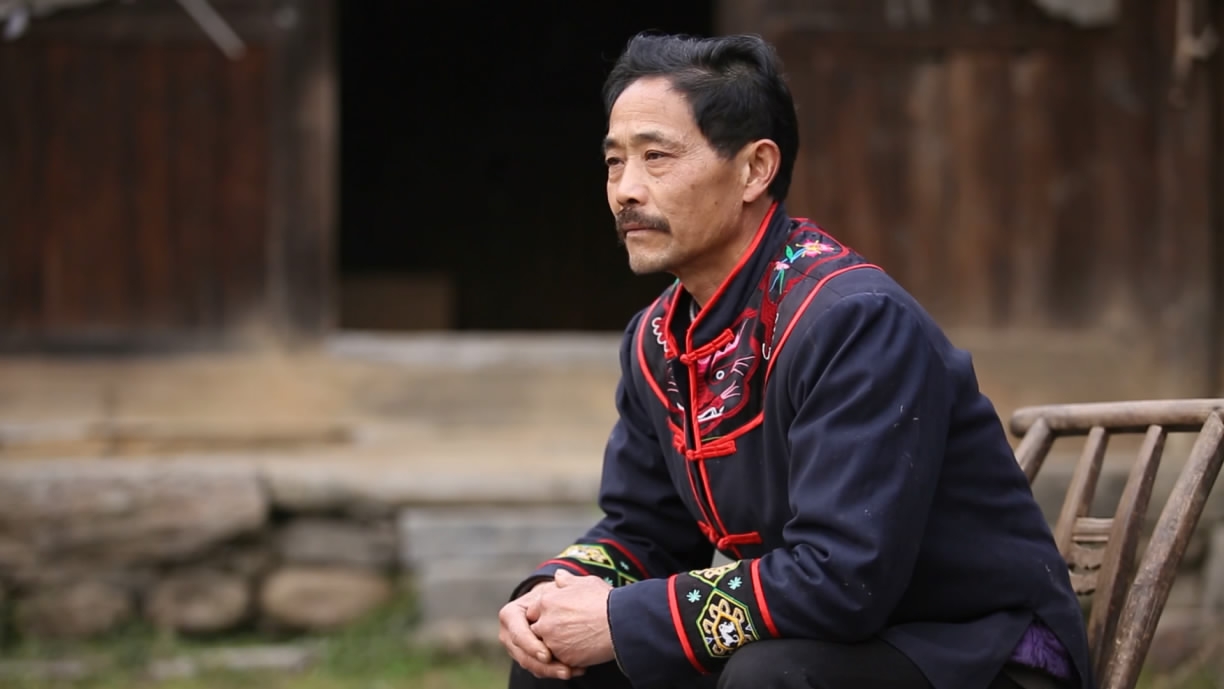
CGTN Photo
CGTN Photo
For Tujia people, "ciba" (glutinous rice cake) is essential for the Spring Festival. Some people call it "nianba" ("nian" for New Year), saying "there'd never be a good Chinese New Year without ciba." Here in Enshi Prefecture, people inherited the original method of making ciba by hand. The round ciba is a token of reunion. It's glutinous and sticky, embodying the Tujia people's attitude on kinship and friendship.

Delicacy made by joint efforts. /CGTN photo
Delicacy made by joint efforts. /CGTN photo
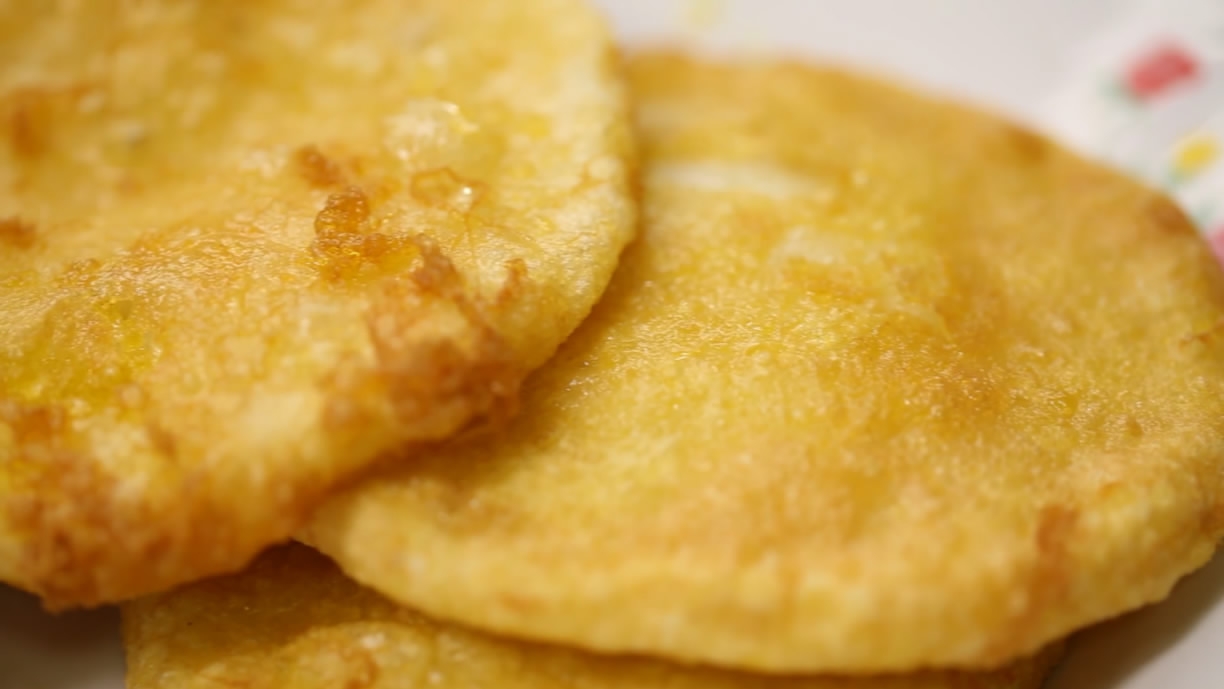
CGTN Photo
CGTN Photo
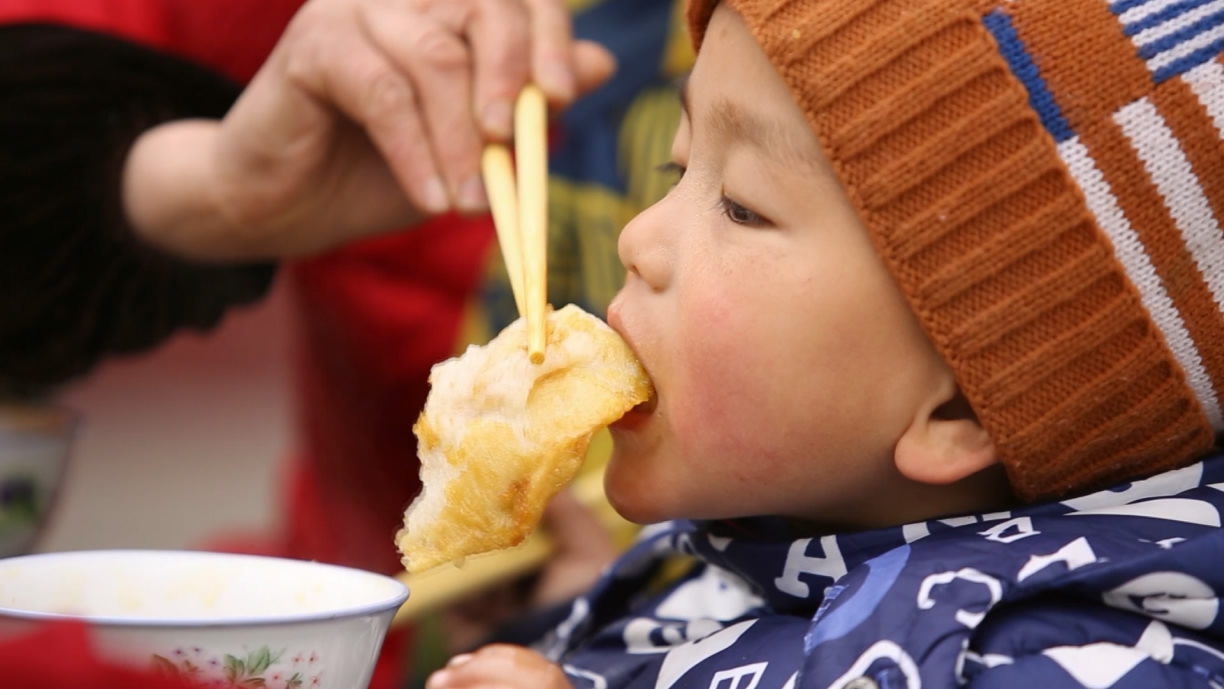
CGTN Photo
CGTN Photo
The freshly-made ciba was a precious childhood memory for Huang: "I was born into a poor family. We barely had proper meals during the whole year. December 28 in the lunar calendar is the ciba-making day. We would swarm to the workshop, only to get a big hot chunk of ciba."
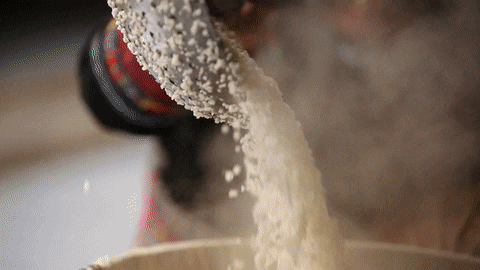
CGTN Photo
CGTN Photo
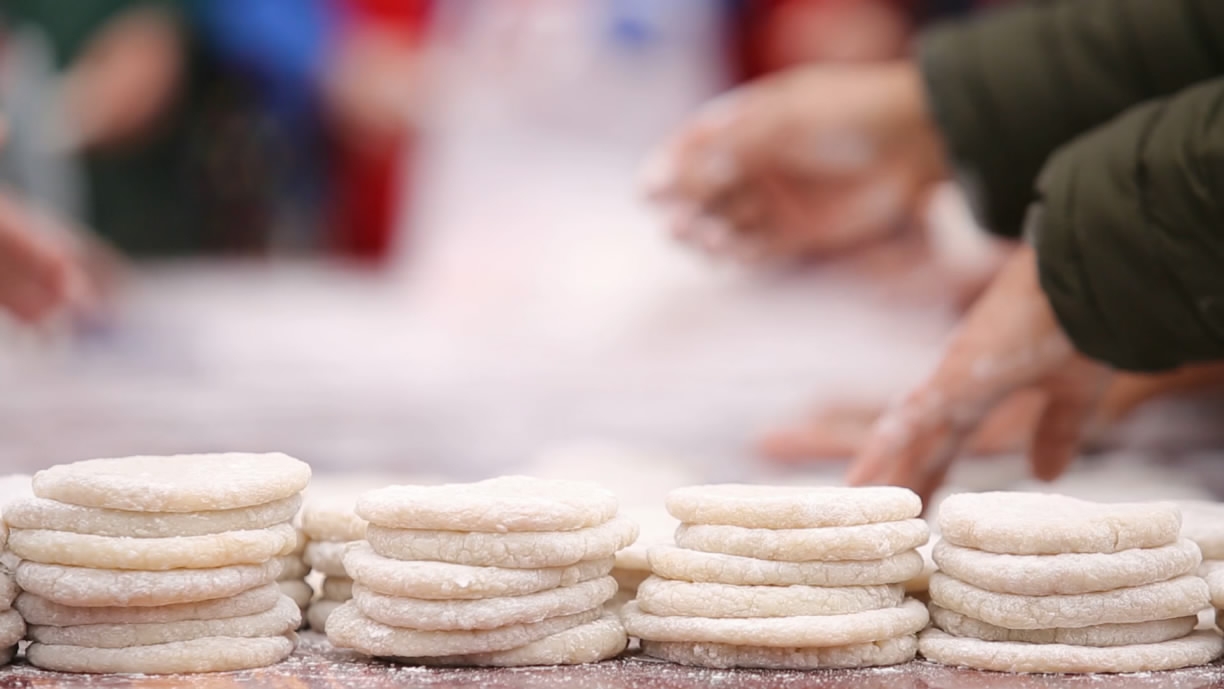
CGTN Photo
CGTN Photo
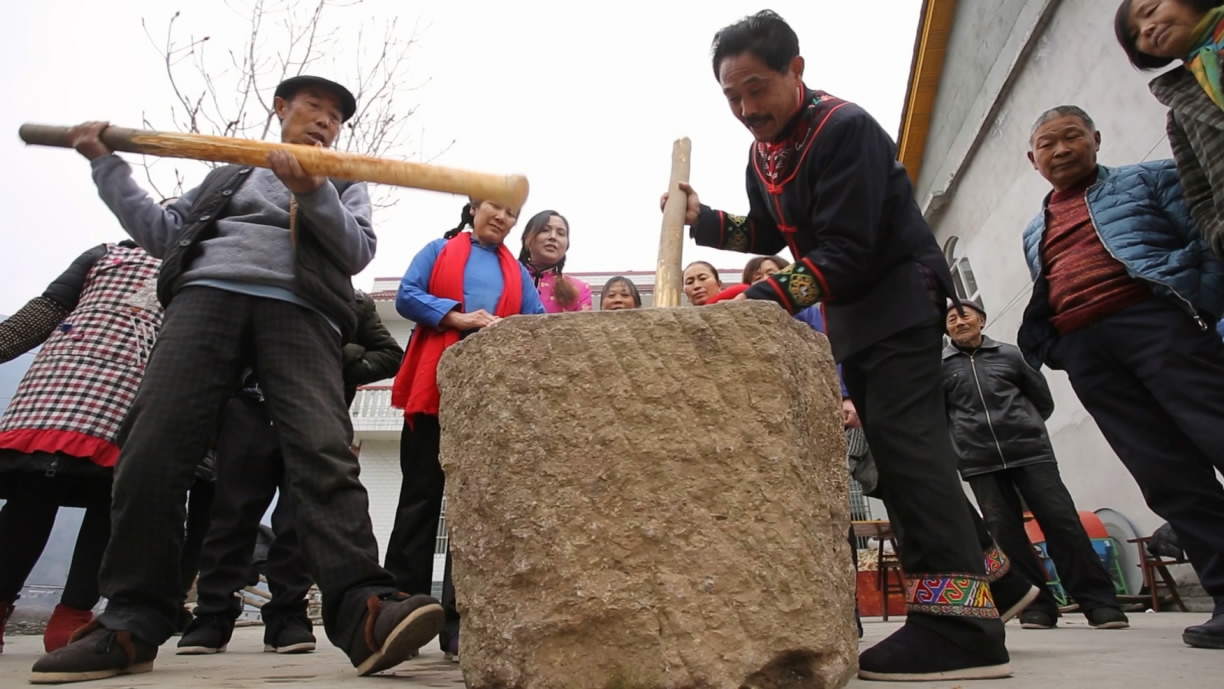
CGTN Photo
CGTN Photo
"In the mountainous area like my hometown, there are few paddy fields. As rice was our staple food, people grew few sticky rice. If someone got the 'precious' rice, they would hold it very carefully until the Spring Festival, when families would share the sticky rice for making ciba."
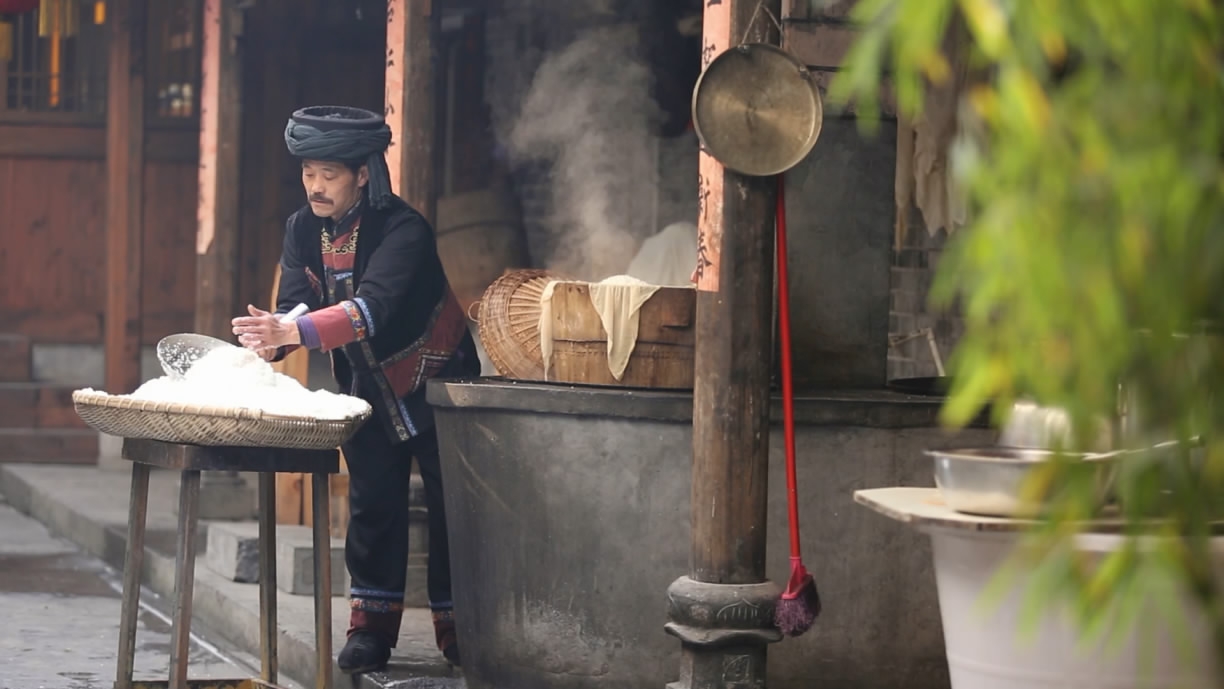
CGTN Photo
CGTN Photo
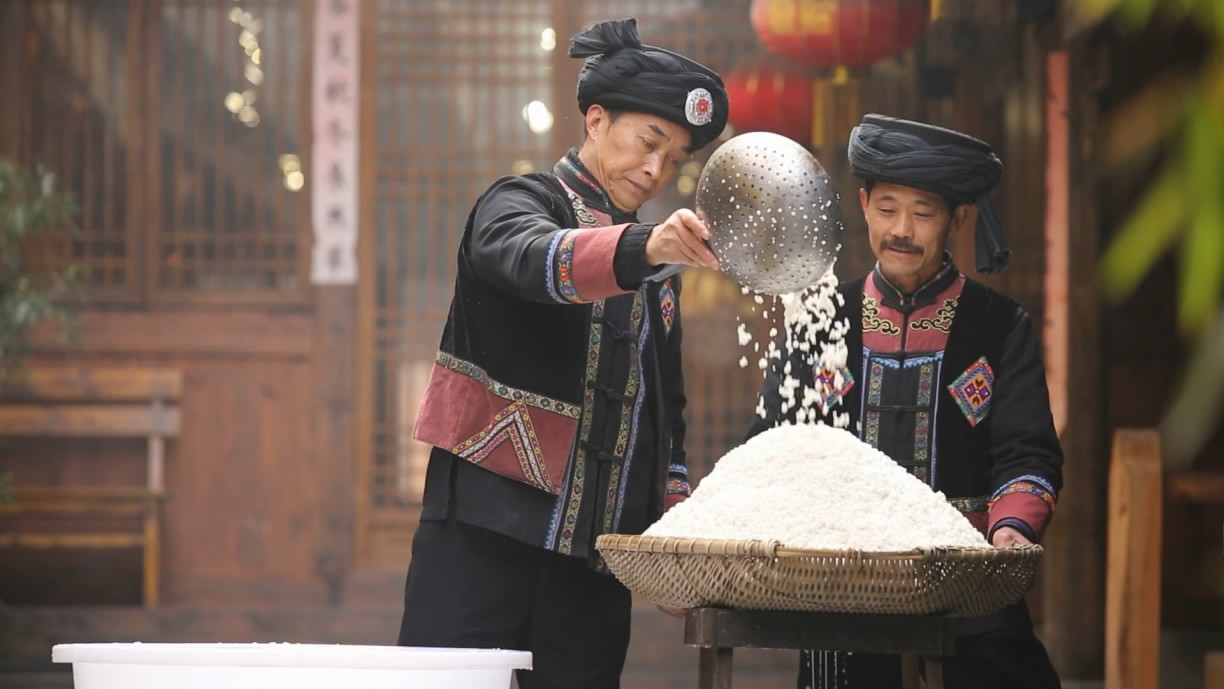
CGTN Photo
CGTN Photo
The process is not easy. The glutinous rice needs to be soaked in water for at least three days, and then washed three times until the water is clear. Then it's steamed for at least one hour, before being put in a stone tank for men to pound in turns using wooden hammers.
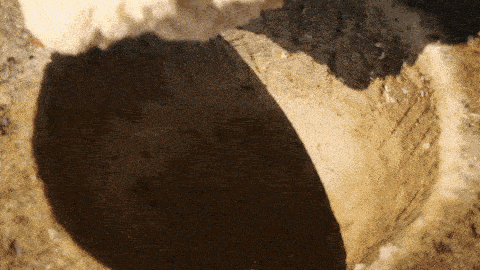
CGTN Photo
CGTN Photo
"Another reason of people working together to make ciba is that, it is extremely strenuous. Men have to work in shifts. They sweat even in the freezing cold winter. This can never be one man's job."
Besides the white ciba, Tujia people also mix sorghum and millet with glutinous rice to make a colorful version of the cake, representing their best wishes for a lucky and prosperous new year.
Making ciba for the guests from afar
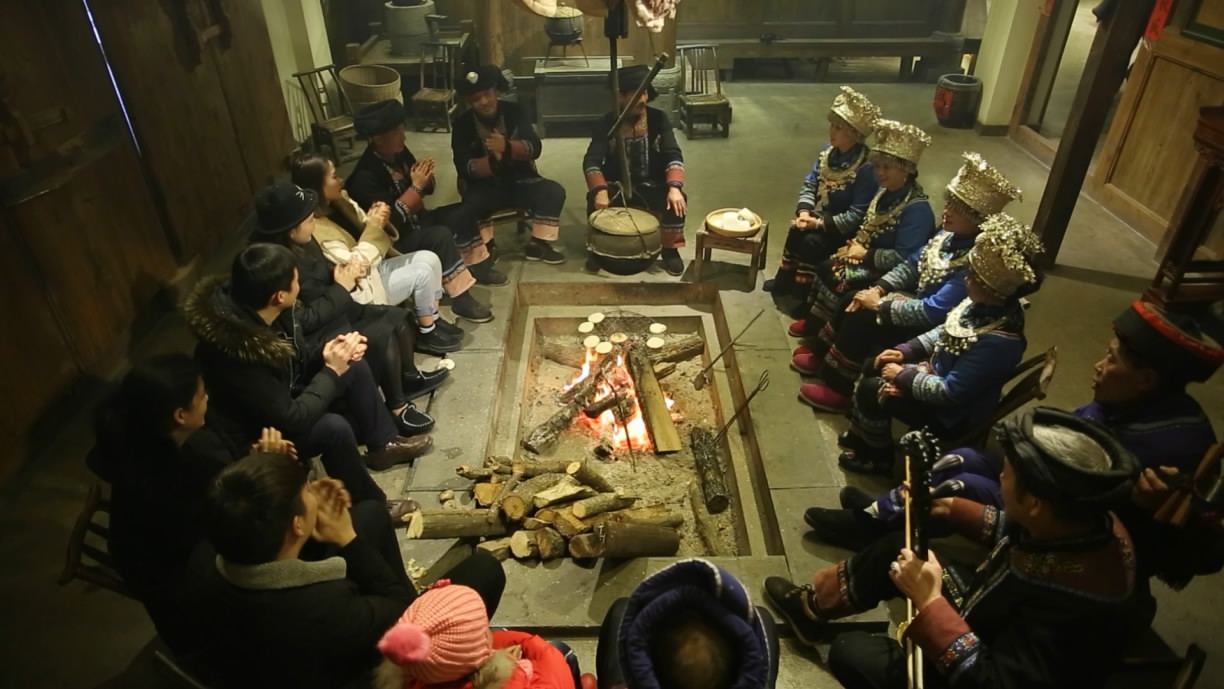
CGTN Photo
CGTN Photo
In the Tujia-style stilt house, people sit around the fire pit, enjoying the sweet and fragrant ciba while singing folk songs, creating a joyous festival scene.
Tujia people have rules for eating ciba. Usually, the host would hand a well-toasted ciba to the guest, who is allowed to slap the ash off the ciba, but not by blowing. It's all about respect. Ciba can also be fried or poached before being served.
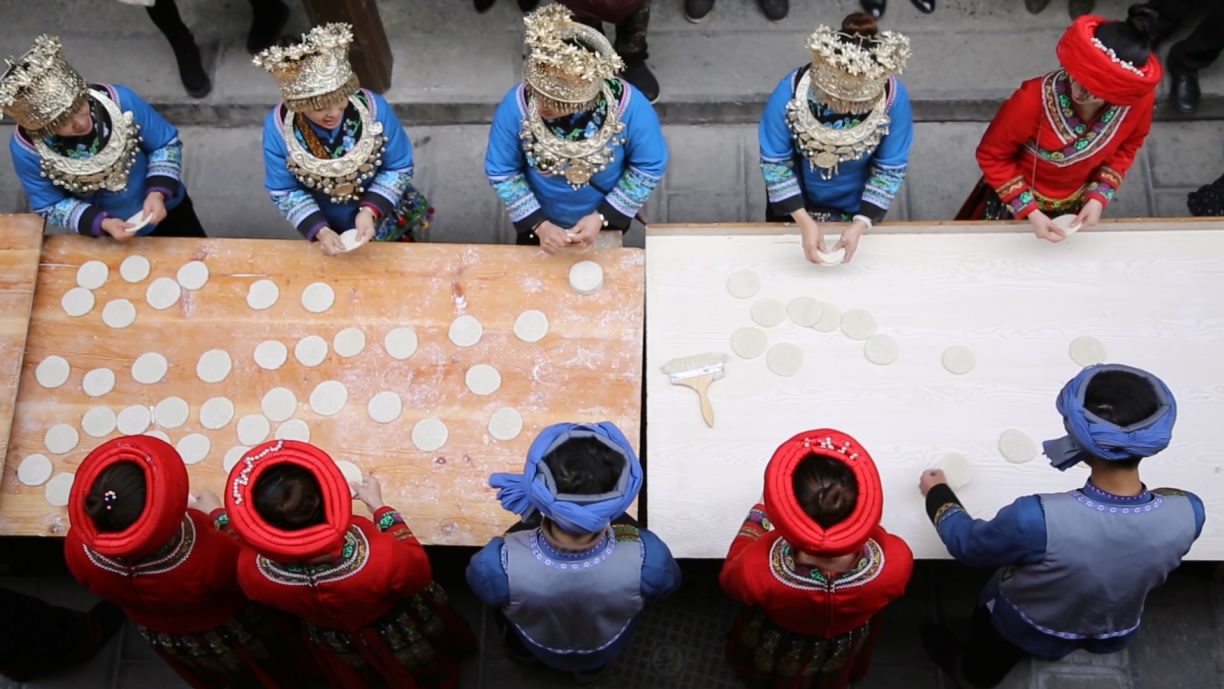
CGTN Photo
CGTN Photo
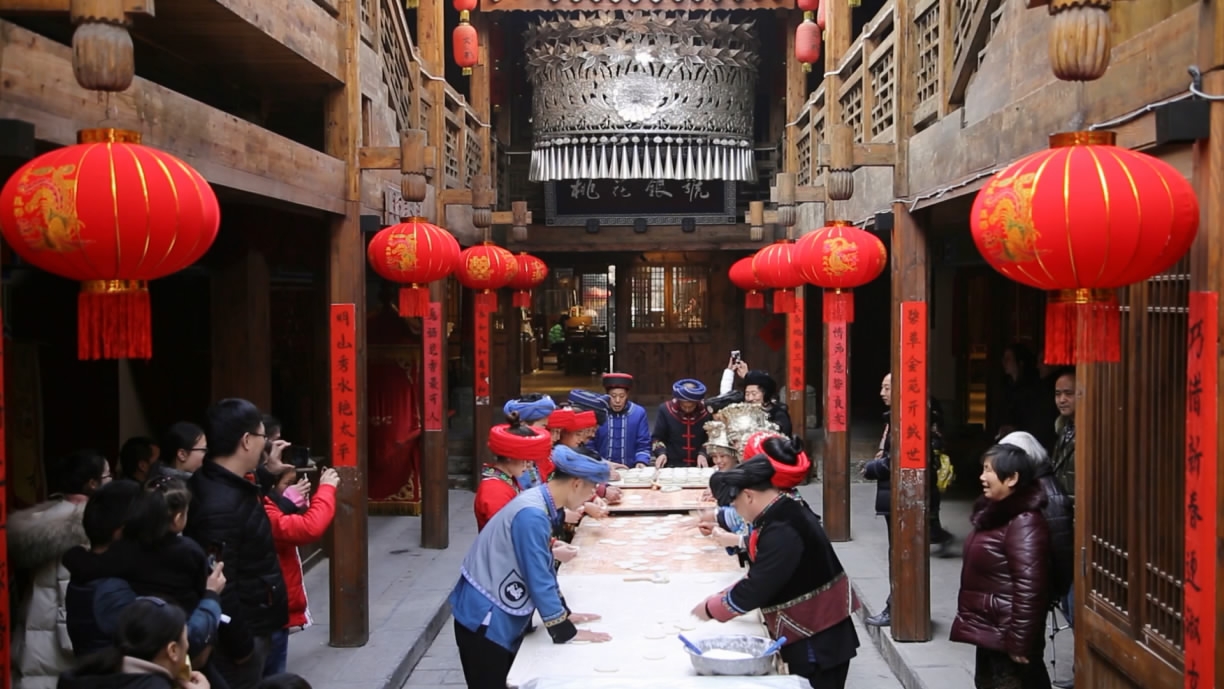
CGTN Photo
CGTN Photo
Five years ago, the Tujia Folklore Museum was established in Tujia Girls' Town, Enshi Prefecture. It's quite an attraction. There are not only production tools and wares for wedding ceremonies, but also people performing the intangible culture heritage, for visitors to see and experience. Huang is one of the ciba makers in the museum.
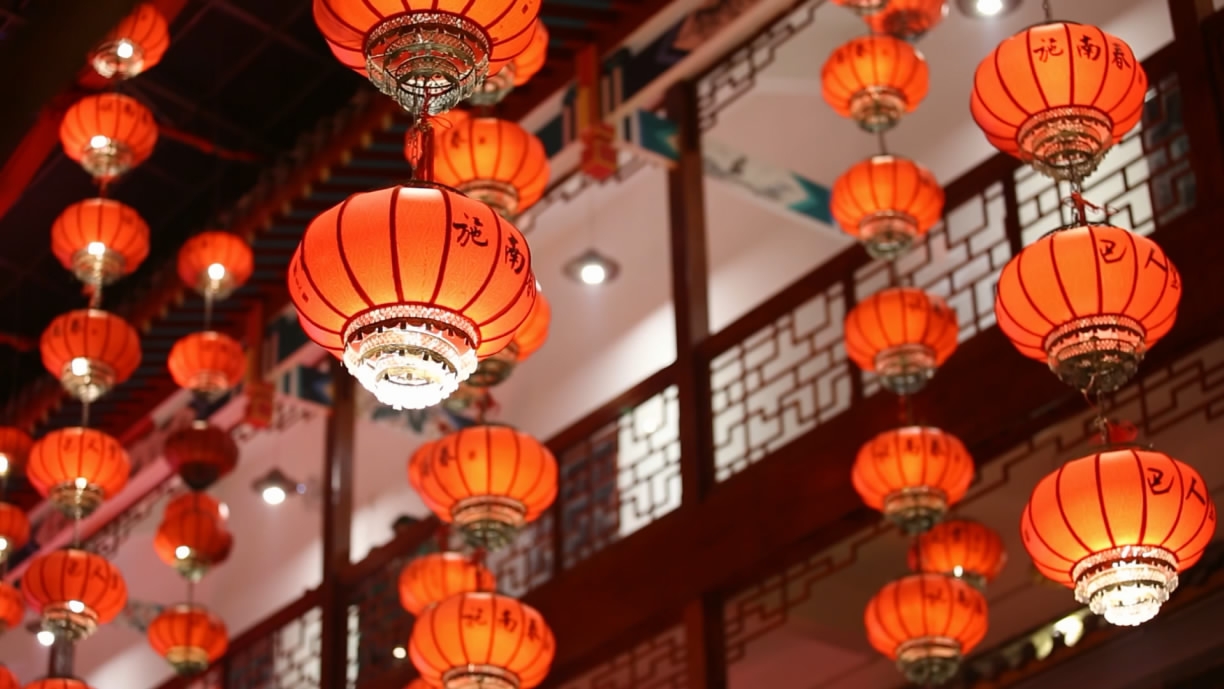
CGTN Photo
CGTN Photo
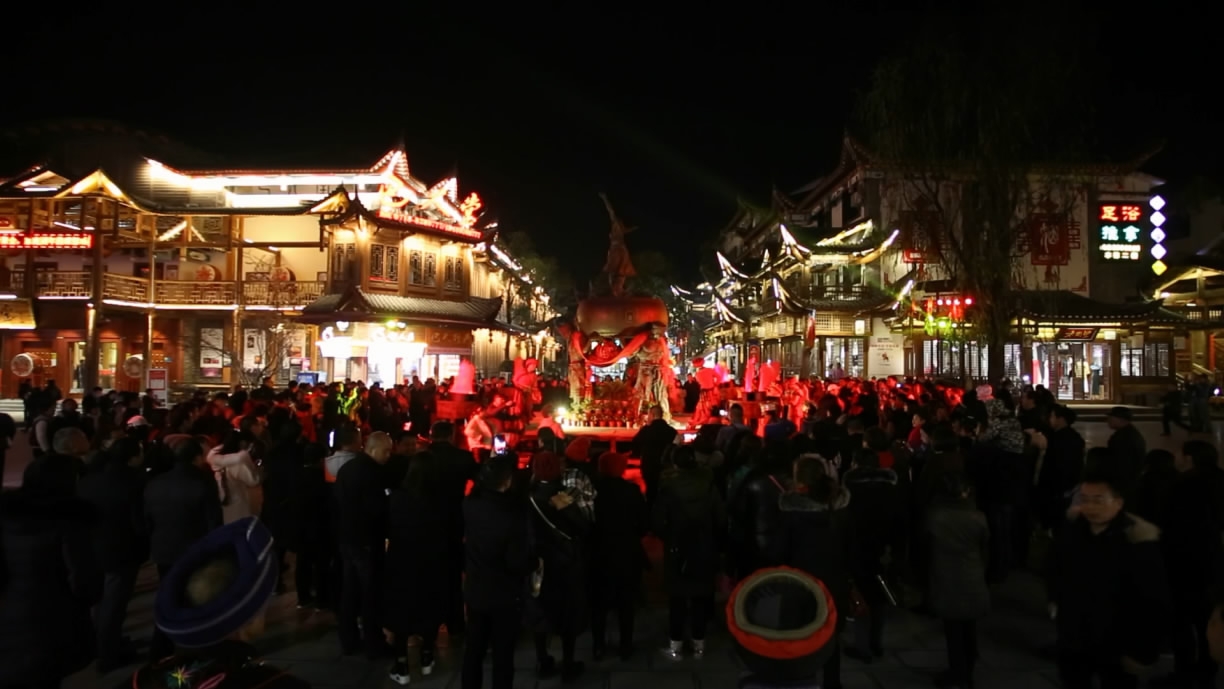
CGTN Photo
CGTN Photo
"Ciba has to be made with a concerted effort, just like the group hunting instructed by our ancestors," says Huang. In the old days, they made ciba for fellow villagers. Now it is for people from all over the world. The delicious sticky snack joins together people from near and far, spreading the joy and delight of the festival.
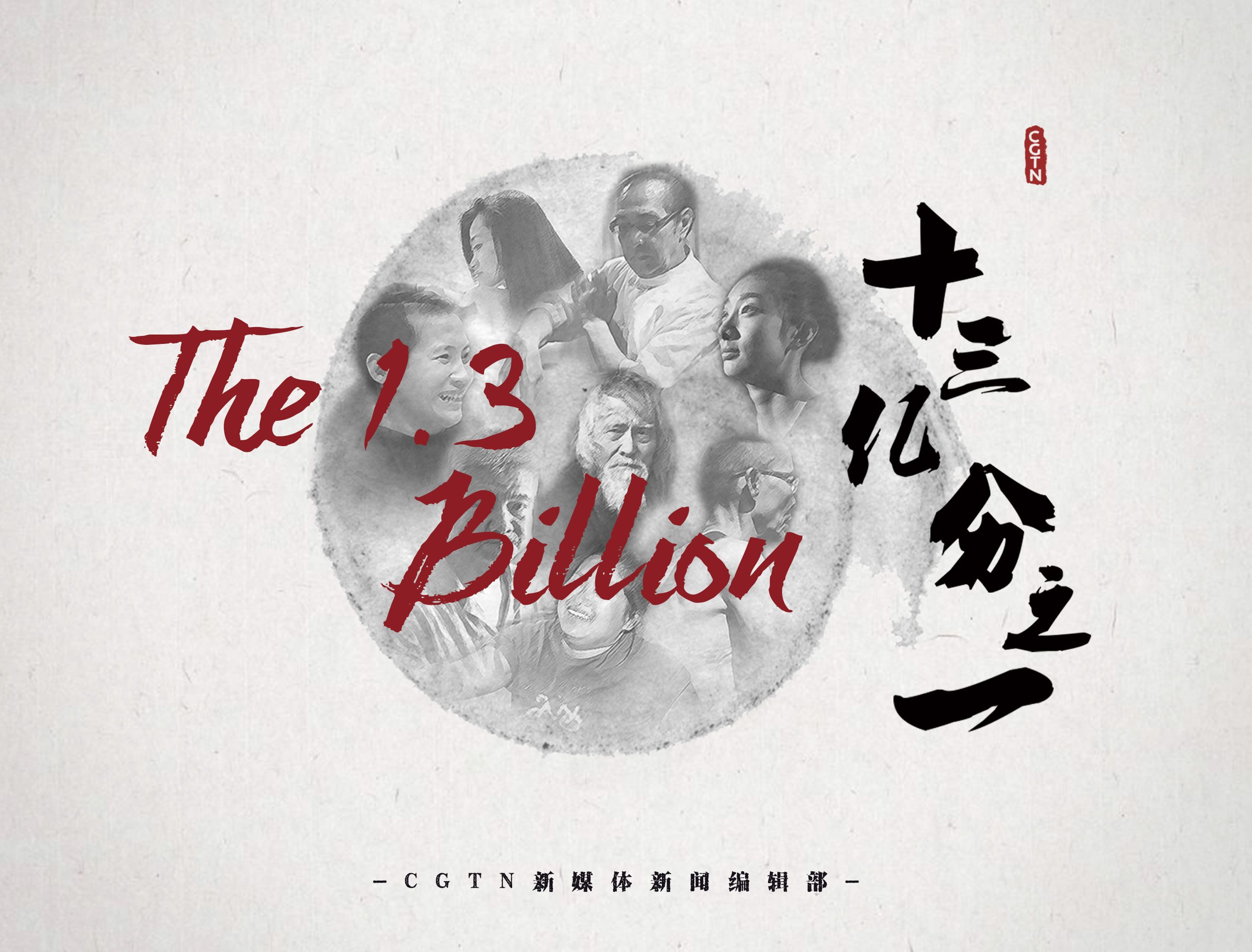
The story is one in The 1.3 Billion series exploring the diverse lives that make up China.
The story is one in The 1.3 Billion series exploring the diverse lives that make up China.

SITEMAP
Copyright © 2018 CGTN. Beijing ICP prepared NO.16065310-3
Copyright © 2018 CGTN. Beijing ICP prepared NO.16065310-3